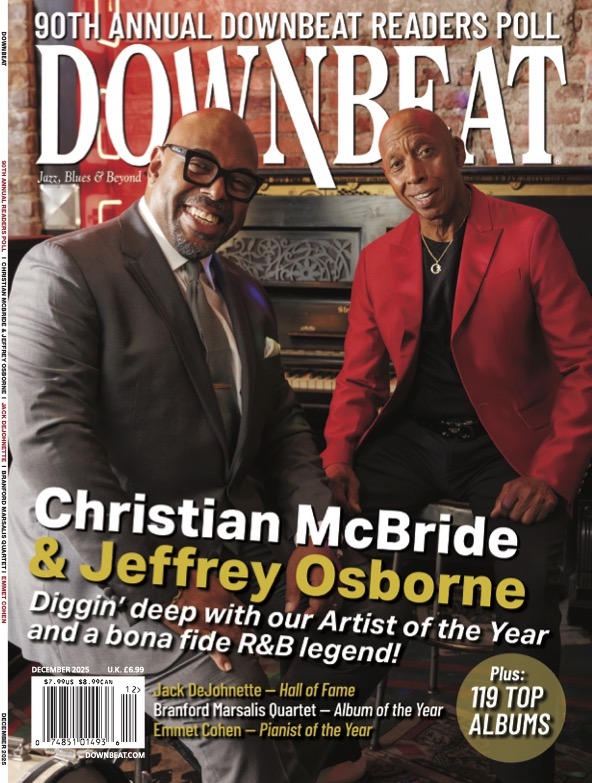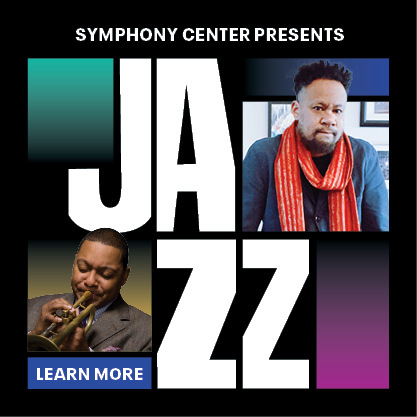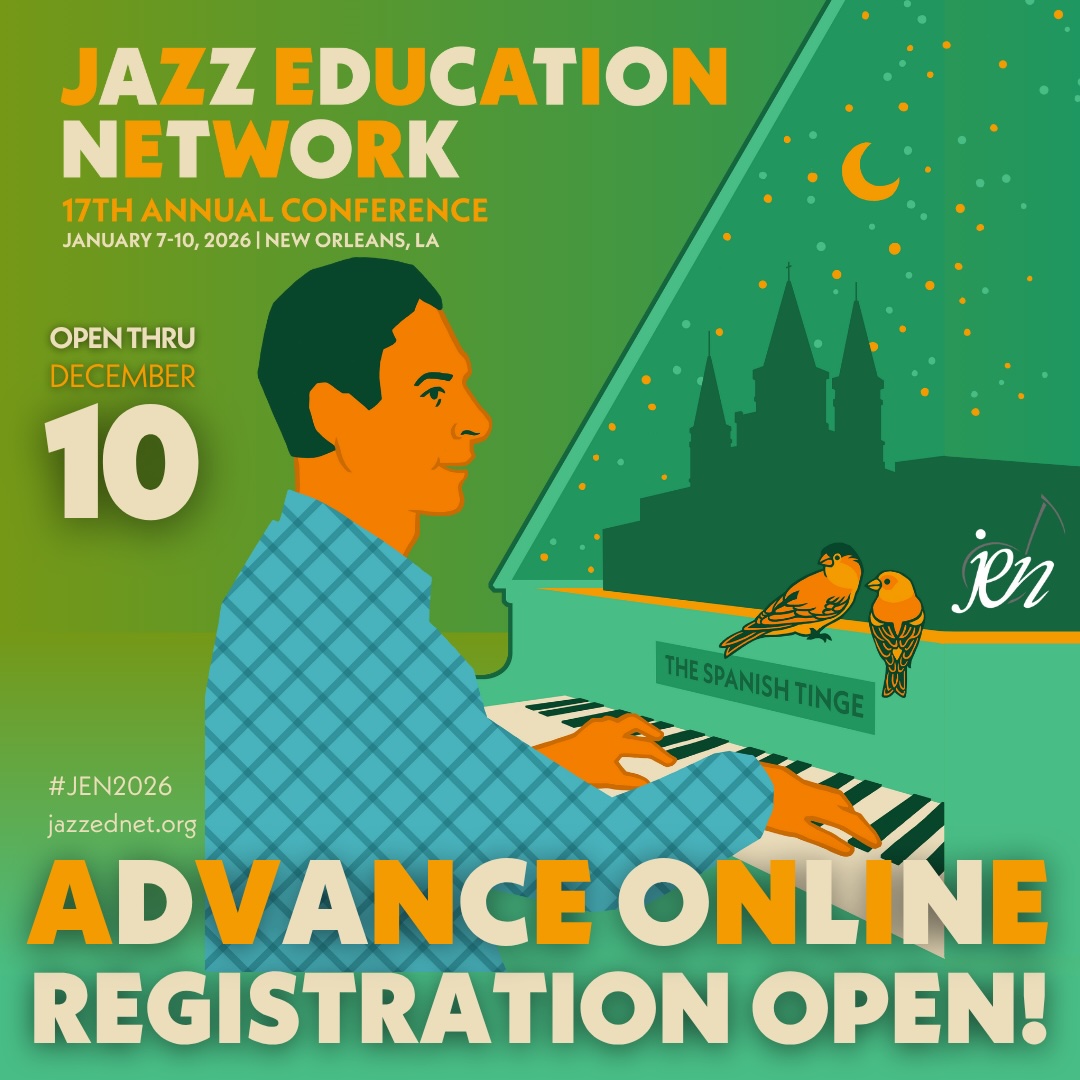Oct 28, 2025 10:47 AM
In Memoriam: Jack DeJohnette, 1942–2025
Jack DeJohnette, a bold and resourceful drummer and NEA Jazz Master who forged a unique vocabulary on the kit over his…
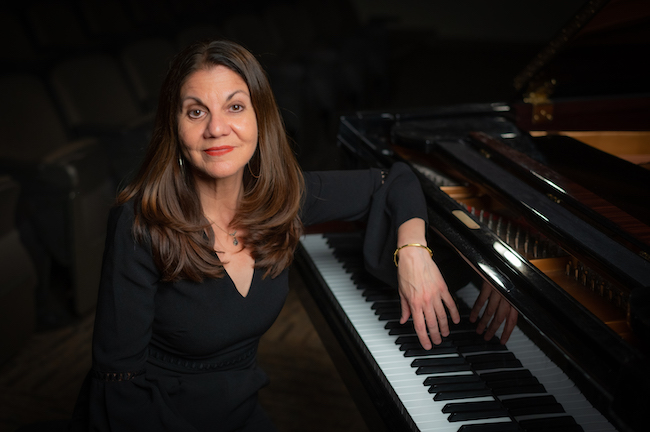
“They are all part of the same harmonic river,” Anne Sajdera says about artists ranging from Ravel, Debussy and Isaac Albeniz to Geri Allen, Sullivan Fortner and Terence Blanchard.
(Photo: Fifi LaRue)When Anne Sajdera enrolled at San Francisco Conservatory in the late 1980s, her fellow piano majors were mostly bearing down on the traditional canon, focusing ever more intently on European classical works.
But for Sajdera, who grew up feeling slightly out of sync with her San Diego-area contemporaries, the conservatory proved to be a global gateway, launching her on the multifarious creative path that has defined her journey as a player, arranger and composer. Intersecting with some of the Bay Area’s most influential musicians and educators at key moments, she’s become a singular artist with a bespoke sound integrating her Czech roots and classical training with her love of the modern jazz continuum, popular Brazilian music and Hindustani raga.
Sajdera’s slim but jewel-like discography documents the punctuated expansion of her creative purview, which continued to blossom on her fourth and latest album, 2024’s It’s Here. Like on many of her gigs and previous projects, the music is built on the veteran rhythm section tandem of drummer Deszon Claiborne, a coveted accompanist since his early days with Peter Apfelbaum’s world-jazz Hieroglyphics Ensemble, and bassist Gary Brown, who spent more than two decades touring and recording with Brazilian jazz legends Flora Purim and Airto. “I always call them first,” she says. “They understand exactly what I’m trying to express. We all connect in some sort of vibe way. Gary has been on every CD I’ve recorded, and Deszon was on the last one.”
Traces of her previous album also manifest with the presence of two Prague collaborators from 2018’s New Year, the leading Czech jazz trumpeter Miroslav Hloucal and alto saxophonist Jan Feco (who contribute most memorably on a Slovak folk song arranged by Hloucal in the spirit of Kenny Garrett). Their long-distance participation is an echo from a pandemic-thwarted album that was initially intended as a follow up to New Year, which found Sajdera exploring melodies and cadences that started filling her ears as a child via her Czech-born maternal grandmother. Unable to return to Prague due to the advent of COVID, she focused on crafting quintet arrangements with trumpeter Mike Olmos, a Bay Area mainstay, and alto saxophonist Jesse Levit. Equally arresting are Sajdera’s increasingly ambitious string orchestrations, like on her exquisite ballad “Lovely,” which evokes a saudade-like sense of longing and loss with Bill Evans-inspired harmonies. The achievement is all the more impressive as Sajdera produced the album herself.
Her previous albums were produced by or co-produced with Ray Obiedo, and It’s Here, notwithstanding her creative journey, continues to intersect often with the guitarist, producer and composer whose resume includes an improbably vast array of musicians. From jazz giants and Latin music legends to singer-songwriters and soul belters, his five-decade track record led Tim Jackson, former Monterey Jazz Festival artistic director, to declare that Obiedo “should be in the Bay Area hall of fame.”
Obiedo has formed a mutual admiration society with Sajdera, hiring her to write orchestrations for projects while often relying on her technical savvy for Digital Performer support. She recently contributed a chart for an upcoming album by the Ray Obiedo Latin Jazz Project, “a beautiful medium-slow bossa nova arrangement,” he said. “I just love what she did with the strings, and she thought it was really important to have an oboe play a counter line she wrote for my melody. She’s a fantastic writer. Her arrangements and tunes are gorgeous, and as a collaborator she’s not precious about making changes.”
In many circles, Sajdera is inextricably associated with the Bay Area’s thriving Brazilian music scene. She spent more a decade performing in leading Bay Area Brazilian ensembles such as drummer Phil Thompson’s Rio Thing, drummer Celso Alberti’s band and the Tropicalia combo Bat Makumba. Studying at the Jazzschool in Berkeley with Rio-born pianist/composer Marcos Silva, who’s inculcated several generations of players into the nooks and crannies of Brazilian jazz, “shaped how I learned to arrange in a jazz context,” she says. “Marcos has such knowledge of a huge variety of Brazilian rhythms. The American approach can focus so much on bossa nova, which is beautiful of course, and can turn your mind around about how rhythm can interface with harmony in unexpected ways.”
Released on her own Bijuri label, Sajdera’s 2012 debut album, Azul, reflected her deep engagement with contemporary Brazilian jazz, alternating between her lyrical originals with tunes by Ivan Lins, Egberto Gismonte and Chico Pinheiro. Joined by an excellent cast of Bay Area players and special guest percussionists Airto and Michael Spiro, she earned national attention with “a jazz samba album that shows the creative breadth and beauty of a San Francisco charmer,” wrote Marc Myers on his JazzWax blog.
In many ways her trajectory is still shaped by her formative experience at San Francisco Conservatory. While she’d been interested in jazz as a listener, Sajdera spent her mid-20s intensely preparing for the audition. Once enrolled, she continued her laser-like focus until a brief interlude studying with pianist Mark Levine showed her a route toward her nascent interest in McCoy Tyner and Herbie Hancock.
Focusing on 20th century repertoire, Sajdera performed regularly with the Conservatory Orchestra, which provided some rarified opportunities, like playing the score for Nixon In China under the baton of John Adams, the opera’s composer. At the same time, she was starting to make connections between iconic recordings by Hancock and Wayne Shorter with her conservatory studies. She continues to find harmonic resonances between the artists in regular rotation on her playlist, like Ravel, Debussy, Isaac Albeniz, Geri Allen’s Grand River Crossings, Sullivan Fortner’s Solo Game and Terence Blanchard’s Jazz In Film.
“I’m currently learning the first folio of Albeniz’s Iberia Suite, and I hear a harmonic connection between all of these artists,” she says. “They are all part of the same harmonic river, and my love of jazz is the real outgrowth from that extended harmony, using the same elements but from a different angle. To have all these elements in your kaleidoscope of sound, it’s a spiritual feeling, a matter of completeness.” DB
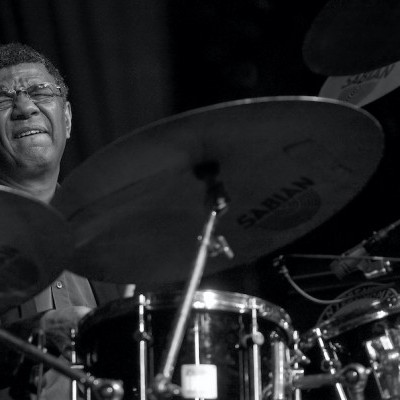
Jack DeJohnette boasted a musical resume that was as long as it was fearsome.
Oct 28, 2025 10:47 AM
Jack DeJohnette, a bold and resourceful drummer and NEA Jazz Master who forged a unique vocabulary on the kit over his…
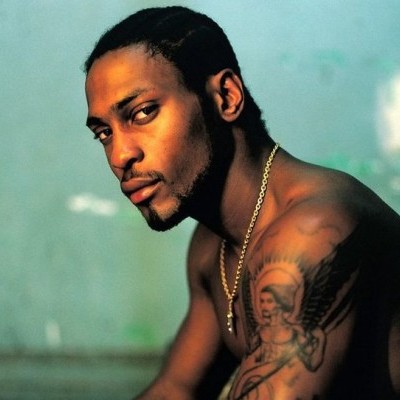
D’Angelo achieved commercial and critical success experimenting with a fusion of jazz, funk, soul, R&B and hip-hop.
Oct 14, 2025 1:47 PM
D’Angelo, a Grammy-winning R&B and neo-soul singer, guitarist and pianist who exerted a profound influence on 21st…
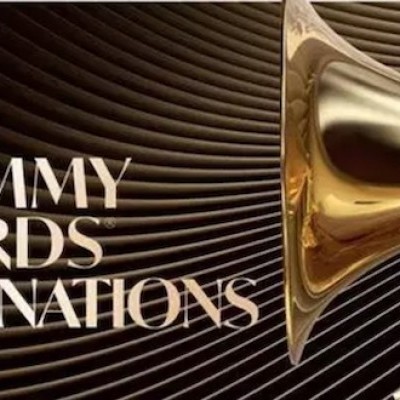
To see the complete list of nominations for the 2026 Grammy Awards, go to grammy.com.
Nov 11, 2025 12:35 PM
The nominations for the 2026 Grammy Awards are in, with plenty to smile about for the worlds of jazz, blues and beyond.…

Jim McNeely’s singular body of work had a profound and lasting influence on many of today’s top jazz composers in the U.S. and in Europe.
Oct 7, 2025 3:40 PM
Pianist Jim McNeely, one of the most distinguished large ensemble jazz composers of his generation, died Sept. 26 at…
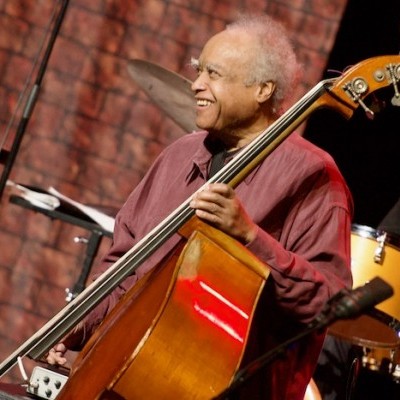
Drummond was cherished by generations of mainstream jazz listeners and bandleaders for his authoritative tonal presence, a defining quality of his style most apparent when he played his instrument unamplified.
Nov 4, 2025 11:39 AM
Ray Drummond, a first-call bassist who appeared on hundreds of albums as a sideman for some of the top names in jazz…

